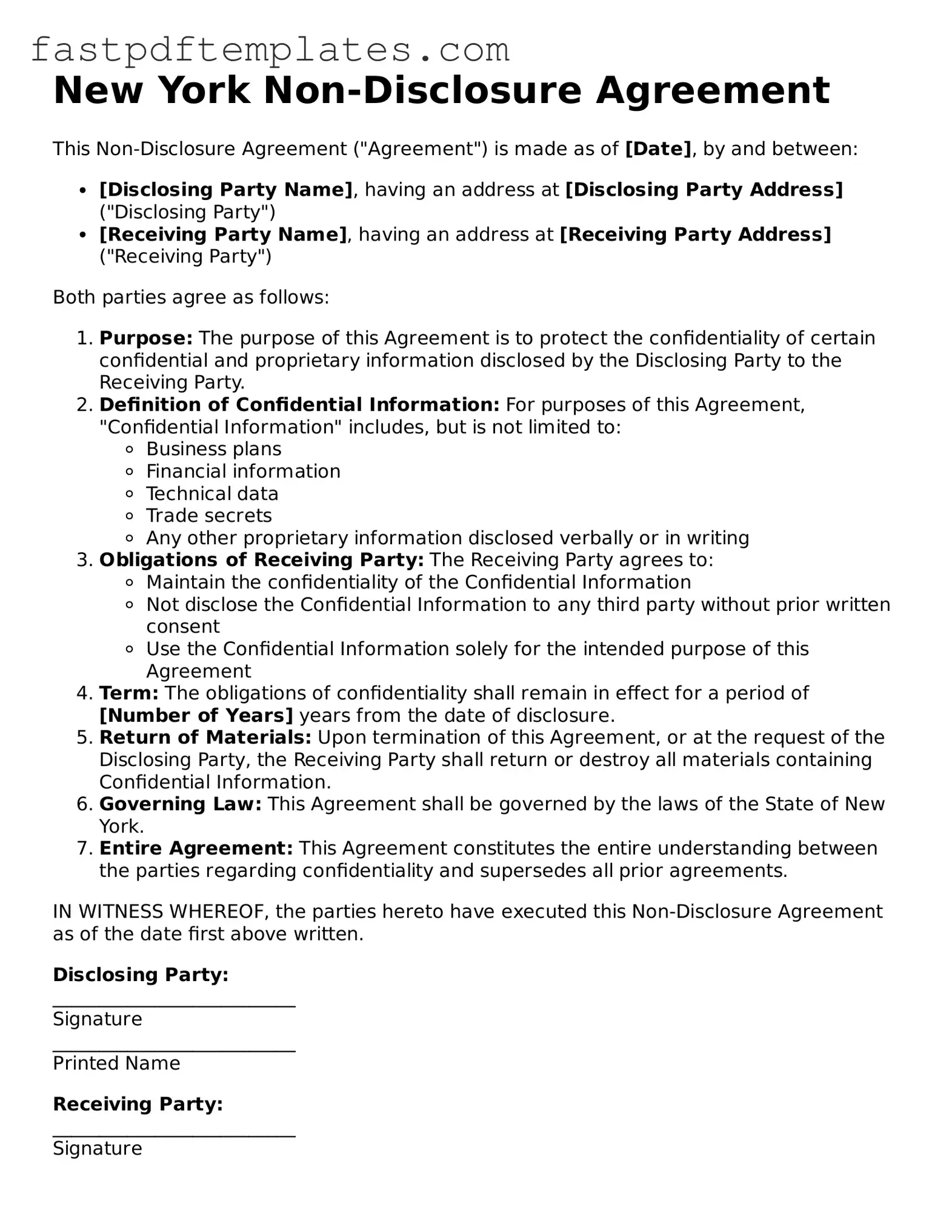A confidentiality agreement, often used interchangeably with a non-disclosure agreement (NDA), serves a similar purpose in protecting sensitive information. This document is designed to ensure that parties involved in a business relationship do not disclose proprietary information to unauthorized individuals. Like an NDA, a confidentiality agreement outlines the information considered confidential and the obligations of the parties to maintain that confidentiality. Both documents emphasize the importance of trust and the need to safeguard trade secrets and other sensitive data.
A mutual non-disclosure agreement is another document that shares similarities with the standard NDA. This type of agreement is particularly useful when both parties are exchanging confidential information. It ensures that both sides are equally obligated to protect each other’s proprietary information. This mutuality fosters a collaborative environment, allowing both parties to share insights and ideas without the fear of their information being misused.
An employee confidentiality agreement is specifically tailored for situations involving employees and their employers. This document outlines the expectations regarding the handling of sensitive company information. It is similar to an NDA in that it seeks to protect the employer’s intellectual property and trade secrets. Employees sign this agreement to acknowledge their responsibility in keeping confidential information secure, thereby reinforcing a culture of trust within the organization.
A non-compete agreement, while primarily focused on restricting a party from competing with another after a business relationship ends, often includes clauses that protect confidential information. This document is similar to an NDA in that it aims to safeguard business interests. By preventing former employees or partners from sharing proprietary information with competitors, a non-compete agreement helps maintain a competitive edge in the market.
A non-solicitation agreement is another document that shares similarities with a non-disclosure agreement. This agreement prevents one party from soliciting the clients or employees of another party. While its primary focus is on the relationship between parties, it often includes provisions that protect confidential information. This ensures that sensitive business relationships and proprietary information remain secure, further supporting the trust established in business dealings.
A licensing agreement may also resemble an NDA in certain aspects. This document allows one party to use the intellectual property of another under specific conditions. Licensing agreements often include confidentiality clauses to protect the proprietary information shared during the licensing process. This ensures that both parties can engage in a mutually beneficial relationship while safeguarding their respective interests.
Finally, a partnership agreement shares similarities with a non-disclosure agreement in that it often includes provisions related to confidentiality. This document outlines the terms and conditions of a partnership, including how sensitive information will be handled. By establishing clear guidelines for confidentiality, a partnership agreement helps to build a foundation of trust, which is essential for the success of any collaborative endeavor.
